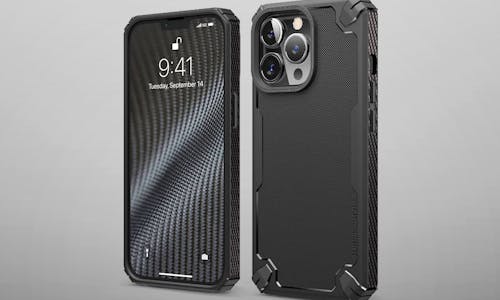As part of Microsoft’s Computex 2017 keynote Qualcomm stepped out on stage to demonstrate a full Windows 10 experience powered by it latest mobile SoC, the Snapdragon 835.
We’re already pretty familiar with the 835 in the context of smartphones having reviewed the likes of the Sony Xperia XZ Premium and HTC U11, both of which feature the flagship mobile chip enabling their top-notch smartphone performance. Whilst Qualcomm alluded to such a move late last year, this is the first taste of actual working hardware that we’ve seen.
It shouldn’t come as a huge surprise as the likes of the Samsung Galaxy S8 (the US model is powered by an 835) already offers a desktop-like Android experience in Samsung Dex, however, this latest initiative enables support for the full Windows 10 operating system (not just Windows 10 S) including the ability to run Windows Store apps and win32 applications side by side, just as you’d find on any readily available Intel-based machine.
Qualcomm’s efforts right now aren’t designed to surpass Intel’s endeavours in all areas of Windows 10 computing but its technology offers notable advantages when it comes to portable productivity machines including laptops, 2-in-1s, convertibles and even Windows-based tablets.
Size and weight
First and foremost the Snapdragon 835 (developed in partnership with Samsung) is the first chipset out there to leverage a 10nm process (this is also the first time Windows 10 has run on a chipset using ARM’s big.LITTLE architecture), making it smaller than a penny and allowing for notably more compact boards inside machines (up to 30 per cent smaller than a current equivalent board according to Qualcomm).
This makes for lighter, thinner chassis on devices or simply frees up more space for larger batteries without affecting dimensions at all.
Connectivity
Aside from offering all of the fundamental components that you’d want from a connectivity standpoint (Bluetooth, GPS, WiFi etc.) on a single chip, the Snapdragon 835 is also the first SoC to include Qualcomm’s own X16 LTE modem.
It theoretically supports up to Gigabit 4G speeds, in real-world scenarios giving you a cellular connection that’s faster than the average home broadband line. As part of a test designed to simulate actual conditions, we saw reference hardware running Windows 10 download a 2GB file at an average 375Mbps and such a modem also makes for more reliable Full HD and even 4K video streaming.
Power efficiency and battery life
One of the biggest differences between mobile chips and those destined for more conventional PCs is that of power efficiency and Qualcomm’s efforts suggest that machines leveraging an 835 will benefit from up to 50 per cent greater longevity versus existing architectures for tasks like productivity and web browsing.
Compatibility
A fundamental reason as to why Windows RT came into existence was the inoperability of mobile hardware (ARM architecture) and full Windows software.
With Qualcomm’s latest efforts this issue has clearly been overcome but more than that the company has ensured that users will be able to benefit from the full capabilities of Windows 10 with the likes of Cortana playing nice with the company’s own SVA (Snapdragon Voice Activation) service so more devices will be able to offer always-listening functionality without undermining battery life.
Availability and adoption
So far all we’ve been told is that Asus, HP and Lenovo, will be launching relevant Windows 10 devices powered by the Snapdragon 835 before the year is out, we don’t yet know how much they’ll cost or what other hardware they’ll bring to the table, just know that they’ll be thin, light and should boast both fast integrated LTE and exceptional battery life.

Leave a Reply